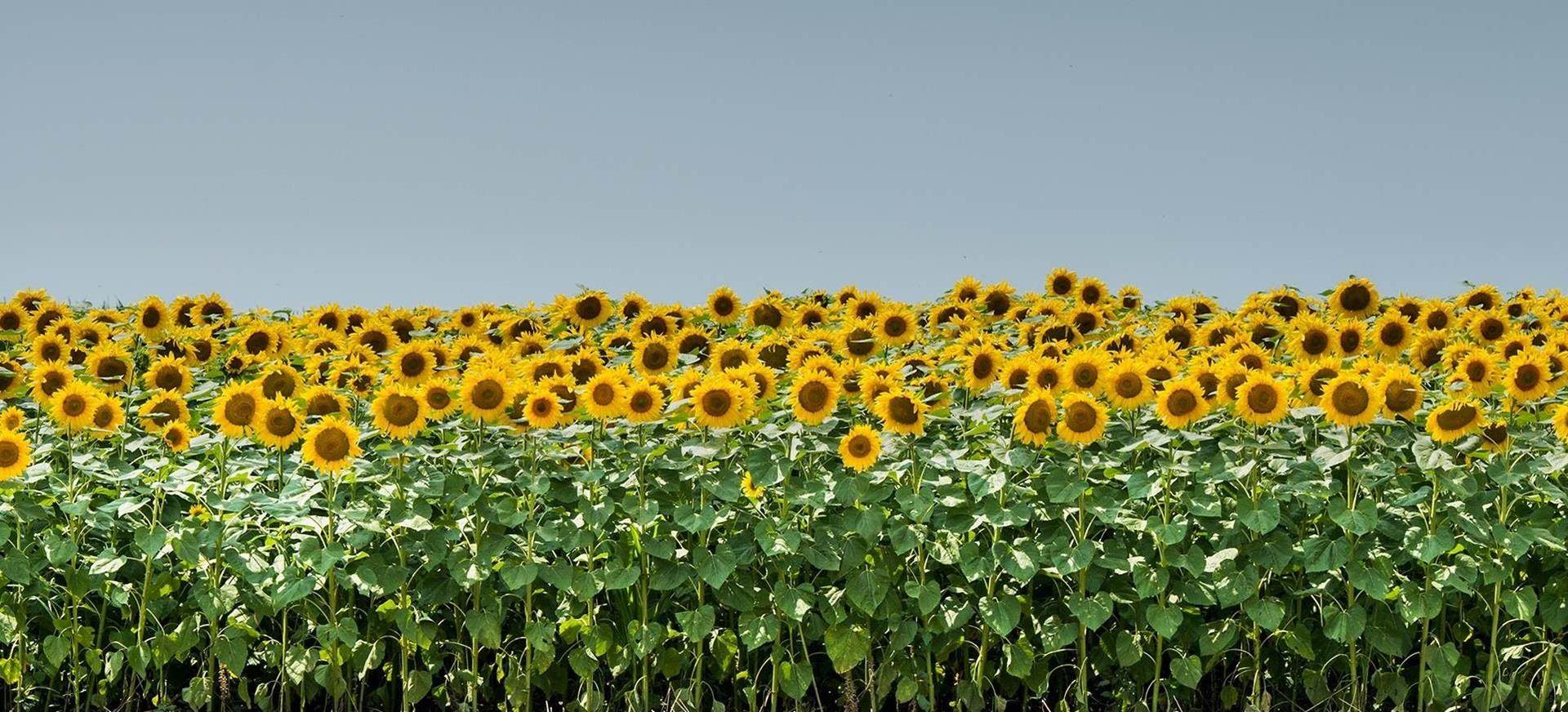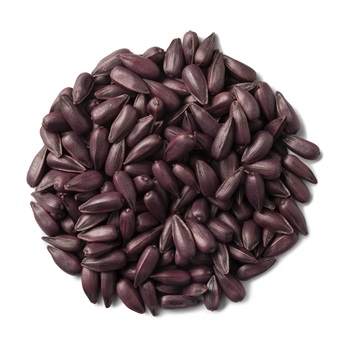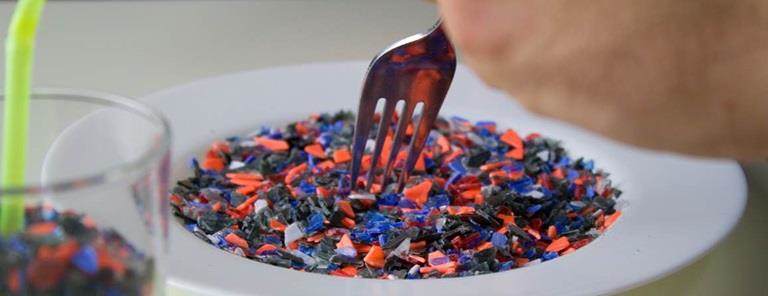Microplastic-free coatings for sunflower now available
Incotec launches its first microplastic-free film coatings for sunflower seeds. This edition also explores EU regulations, seed safety, and the future of sustainable seed treatment.
CONTENTS
- The first microplastic-free products now available
- Are microplastic-free solutions just another trend in the seed treatment industry?
- What effect has COVID-19 on the timing around the proposed restriction?
- About the confusion between seed safety and environmental safety. And: What will be the seed-safety profile of the new microplastic-free film coats?
The first microplastic-free products now available
This month Incotec launches the first microplastic-free film coats for sunflower. These two new Disco film coats for sunflower (Blue L-1501 and Purple L-1601) are developed according to the current ECHA (European Chemical Agency) guidelines to comply with upcoming regulations and restrictions with regards to microplastics. The products in our new range are also effective, easy to apply and score well on flowability and dust-off. Want to know more? Mail willem.fijma@incotec.com

Are microplastic-free solutions just another trend in the seed treatment industry?
Microplastics in the seed industry became a hot topic two years ago. In 2018 the European Chemical Agency (ECHA) published their first draft restriction proposal in which seed treatment featured as one of the industries that contributes to intentionally added microplastics in mixtures used by consumers or professionals. By now, most people in the industry are aware of the restriction proposal and the potential consequences it may bring to the seed industry. We can be certain that we will see the seed industry move towards microplastic-free film coats, pelleting and encrustment. Microplastic free is not a trend. It’s here to stay.
What effect has COVID-19 on the timing around the proposed restriction?
Currently, the delay due to the virus seems to be limited. Just last week the SEAC opinion (Committee for Socio-Economic Analysis) and RAC opinion (Committee for Risk Assessment) were drafted, and consultation over the SEAC opinion will take place during summer. This means that the final opinions will be submitted to the European Commission late 2020, discussion and voting with member states will take place in 2021 and, after a scrutiny check by the Council and European Parliament, the restriction could take effect in 2022 (with transitional periods for certain applications). Want to stay informed? On the ECHA website the timeline is continuously updated: https://echa.europa.eu/hot-topics/microplastics.
About the confusion between seed safety and environmental safety. And: What will be the seed-safety profile of the new microplastic-free film coats?
There often is confusion in the debate about sustainable solutions when it comes to seed safety and safety for the environment. However, these are two entirely different things.
Seed Safety is all about the absence of negative effects on the germination of the seed or any phytotoxic symptoms from seed applied technology. Environmental safety results from performance, practices, policies, and procedures that ensure the safety and well-being of the eco-system and people.

In the context of the microplastic-free developments, the relevant topic is primarily environmental safety (and not seed safety). The challenge is in finding solutions that will help increase environmental safety without compromising on quality or seed safety. We all know that most currently available film coats (that contain microplastics) have an excellent and well-validated seed-safety profile. New, microplastic-free alternatives need to be tested thoroughly to make sure they also match this profile. What helps is that there is a lot of information available to seed-coating developers regarding the ingredients they use, and every effort is made to validate the safety profile of the new products. New products will not be launched before there are satisfying seed-safety data. Seed companies will also perform tests in order to make sure the next generation of microplastic-free film coats will perform at least as well, if not better than, the conventional products on all important aspects.

Microplastic-free corn coating nears launch
